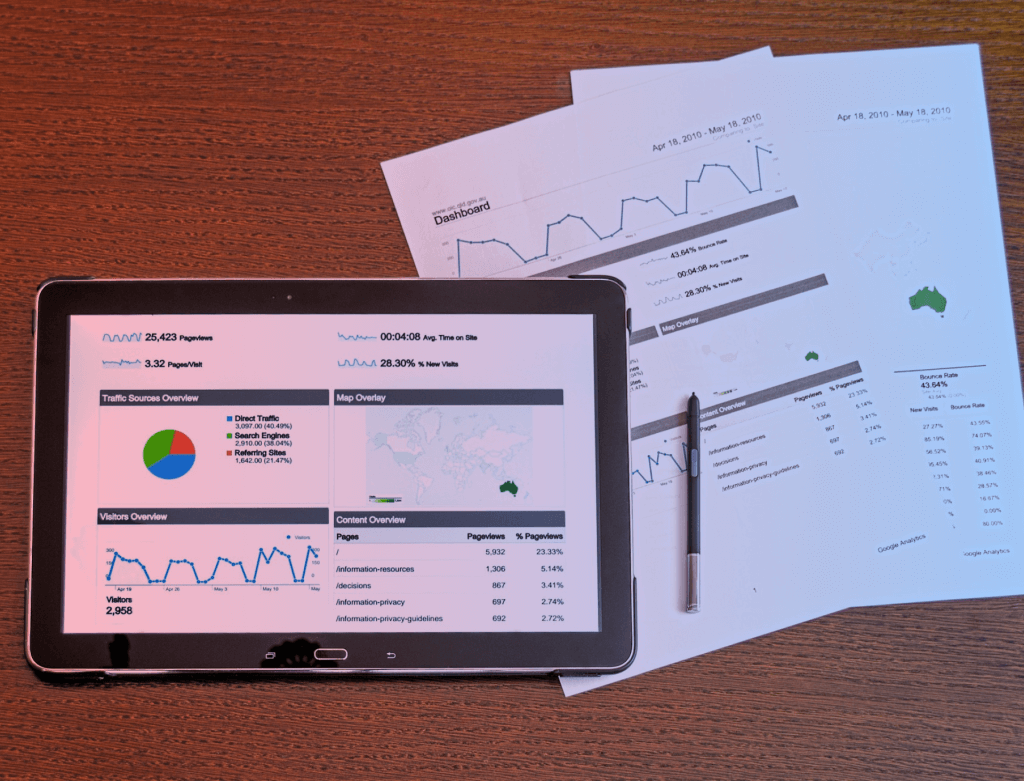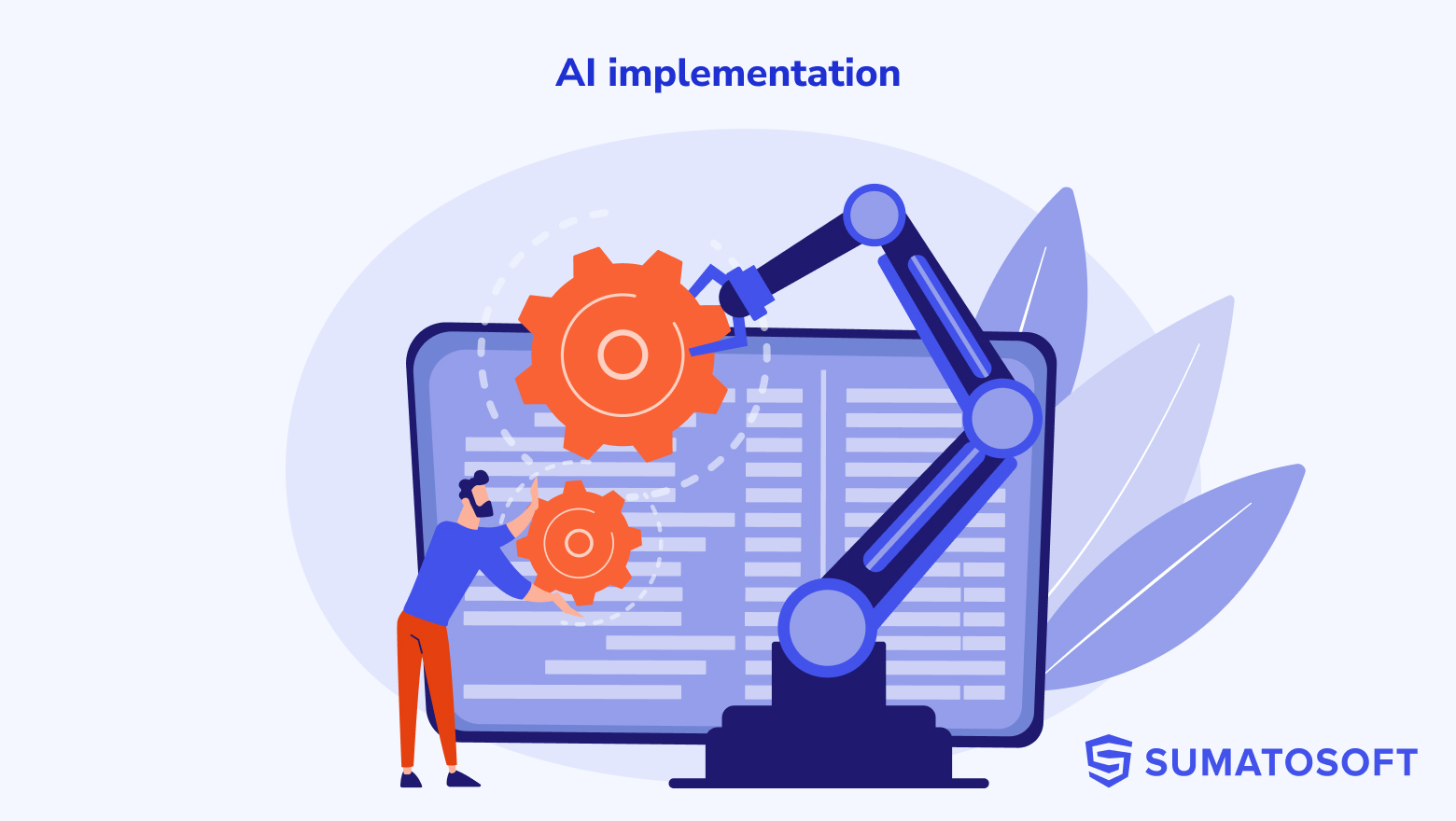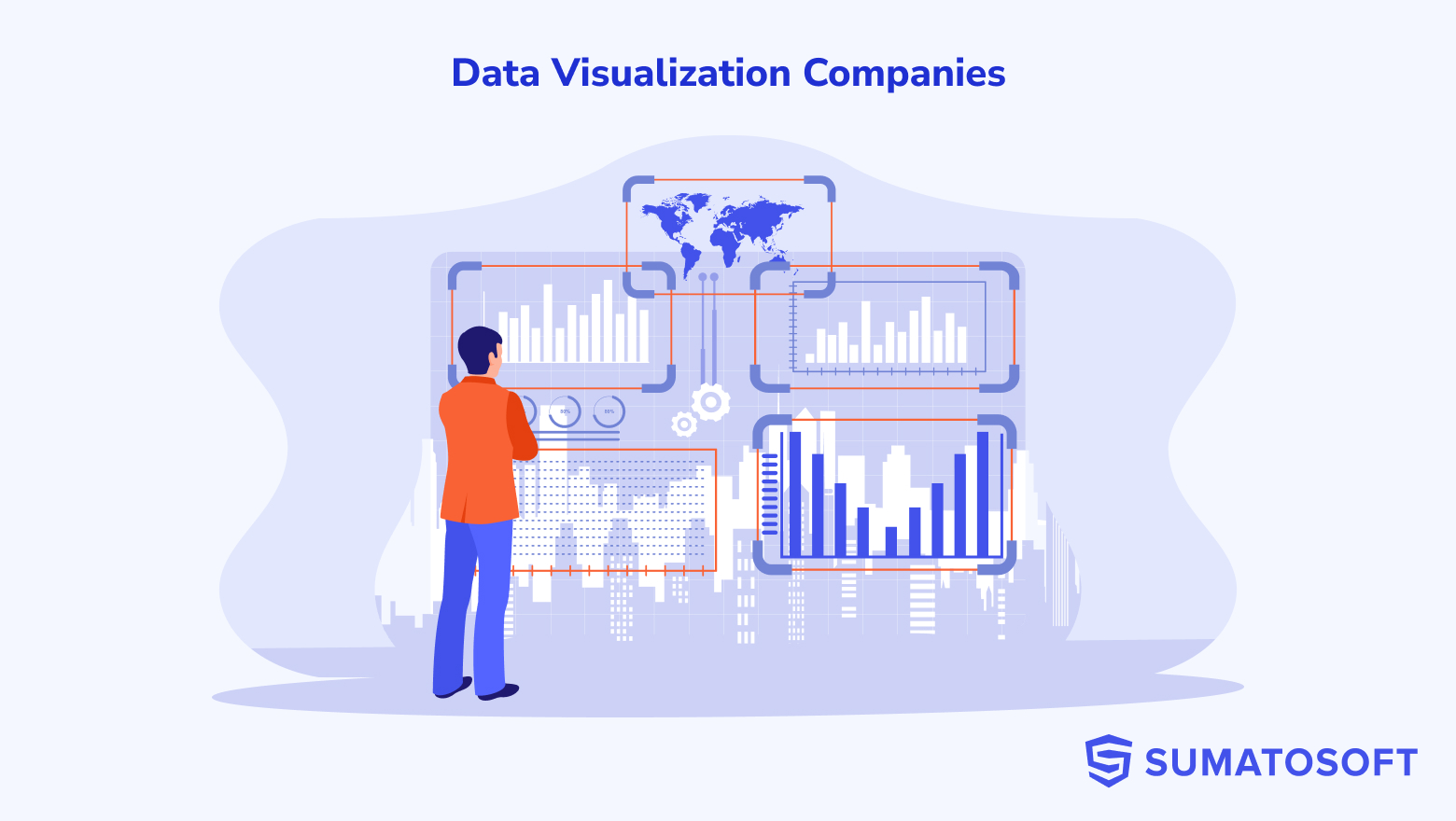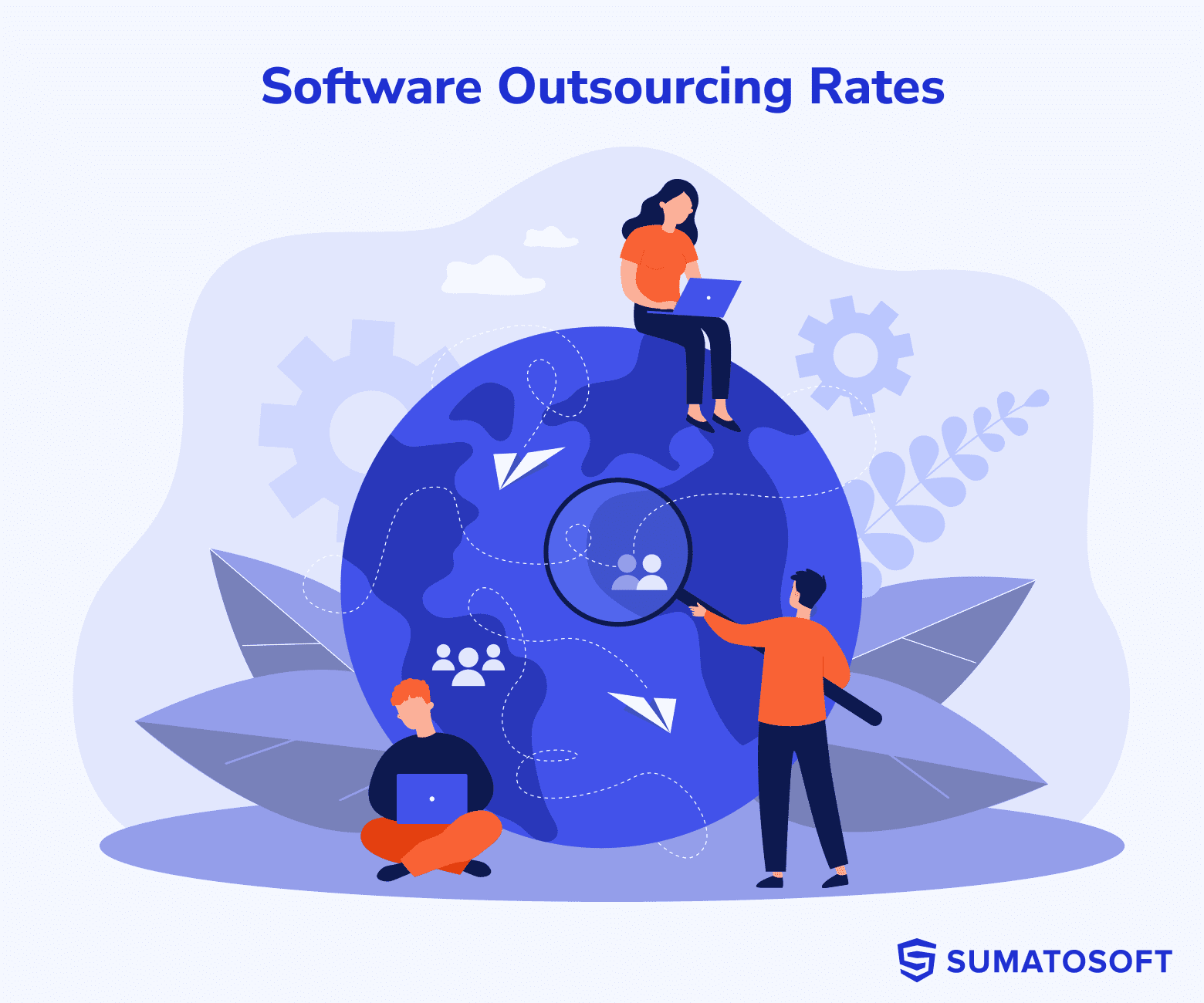Business Analytics vs Business Analysis: What’s the Difference?


Business analysis and business analytics both involve understanding data and developing insights to help organizations make better decisions. About 60% of companies around the world use data analytics to improve their business operations’ outcomes.
Business analytics focuses on using advanced technologies such as machine learning and AI to gain insights from large volumes of data. On the other hand, business analysis is a more qualitative approach that involves examining specific metrics and cultural elements in order to form strategic business decisions. Both business analytics and business analysis services are in demand.
In this article, we’ll take a look at how these two disciplines differ and why it’s important for businesses to be familiar with the different approaches.
What is Business Analytics?
You’ve likely heard of business analytics before as it’s usually referred to as data analytics. A data analyst is someone who designs and maintains data systems. They also take care of databases and fix important coding errors.
The many real-world applications of data analytics seems to support its increased demand. For instance, the Insurance Bureau of Canada recently used machine learning on data of over 200,000 insurance claims. This allowed them to identify over $10 million in fraudulent claims.
So, it’s easy to see why data analyst jobs and digital analyst jobs are in demand lately. After all, if organizations are saving millions of dollars with data analytics, why wouldn’t they choose to use it? Also, it helps that a data analyst’s role is pretty wide-ranging.

Business analytics can have you grapple with intricate and complex functions. Chief among them are gathering and assessing the data accessible to analysts. Business analytics moreover entails crafting meaningful deductions from the information you acquire.
It’s not just finance, marketing, manufacturing, banking, or modern tech corporations that gain from comprehending business analytics versus business analysis – anyone dealing with huge amounts of data also reap advantages. In essence, data analytics assists in any field that works with massive sets of information.
Let’s consider some examples.
Finance
Finance professionals can use data analytics to identify key performance indicators (KPIs). This allows them to gain an understanding of revenue, payroll expenses, and more.
Manufacturing
The manufacturing industry uses data-driven product optimization and identifies defects in products. It also uses data analytics to assess customer feedback on products.
Healthcare
The healthcare industry uses data analytics to forecast the availability of medical equipment and predict patient volume. It also uses data analytics to coordinate staff scheduling.
Travel
The travel industry uses data analytics to improve targeted marketing efforts. It also uses it to make data-driven decisions about customer experiences.
Agriculture
The agriculture industry uses data analytics to monitor crop health in real-time. It also uses predictive analytics to figure out future yield for crops.
What is Business Analysis?

Business analytics vs business analysis is easier to understand than most people would expect. Business analysis involves using creative methods to resolve technical difficulties that businesses might face. These technical difficulties may include:
- Cyber security threats
- Problems with data integration
- Compliance requirements in other countries
- Inadequate IT planning on a strategic level
- Disaster recovery issues
There are many activities that businesses perform that contribute to business analysis. Company and business environment analysis is one of the most important aspects of business analysis. This is because business analysis includes figuring out the requirements of a firm. This includes identifying a company’s strategic objectives and target consumer base, understanding the business environment, conducting market research, and analyzing financial performance.
One more aspect that should be considered is business process analysis.It is the deep examination of the process, its participants, and external factors that have an impact on the process in order to improve it.
Business analysis helps firms understand the kind of customers their products would appeal to. This starts with segregating customers based on the data collected. This data includes factors that indicate what customers want from a product.

This process allows a company to achieve its strategic objectives in the long run. Focusing on its strategic objectives will help a firm achieve long-term success. Business analysis plays a key role in custom web development since the initial stage of software development is requirements elicitation. So the quality of the final product highly depends on the quality of business analysis at the very beginning. The business analysis becomes vital in complex niche solutions like ad tech software development or SaaS application development.
Also, for effective business analysis, you would need to document important tasks. This would encourage your employees to hone their attention to detail on projects. While this may sound like the function of business analytics, it’s not.
Let’s now dive into the similarities and differences of business analytics vs business analysis.
Business Analytics Vs Business Analysis: Similarities and Differences
To understand business analytics vs business analysis, you should first understand what makes them alike. It’s not all about business analytics vs business analysis if they have features that link them. Business analytics is analyzing data and creating a report. Business analysis on the other hand concentrates on processes and functions that support running of a business.
Similarities
You’ll find that it’s not all about business analytics vs business analysis. We’ll explore their similarities here so you know how easy it is to confuse them:
Data Collection
Both activities involve collecting data from external and internal sources. Experts working in both fields thoroughly examine this data to provide insights. These insights often lead to meaningful conclusions for businesses that understand the basics of business analytics vs business analysis.
Function Analysis
Business analytics and business analysis both work on improving functions in organizations. This starts with analyzing the functions of businesses.
Finding Solutions
Another important similarity here is finding solutions to common business problems. This is why data analysts should be able to discover problems in most organizations. Also, business analytics and analysis deal with building things based on company needs.
Systematic Development
You should also note that both processes deal with systematic development. So, it’s not always practical to use business analytics without business analysis. Most companies try to figure out a way to make these processes work together.
For both these processes, you would need access to the best data sources. These sources should be reliable and provide you with complete information. Only complete information will help you draw meaningful conclusions. Both analysis and analytics cannot perform their functions without this data.
Besides, you would need the latest that technology has to offer for both these processes. Without technology, it would be difficult to collect data and analyze it. So, access to good technology is another key similarity that undermines the differences around business analytics vs business analysis.
Differences

Now you know their similarities, we’ll discuss business analytics vs business analysis:
Focus
The main focus of business analytics is statistical and data analysis. The main focus of business analysis is improving functions and processes.You should know that analytics is the science of logical analysis to understand businesses.
But, analysis deals with the division of data into smaller components. These components allow you to understand how your business is performing.
Skills
Also, the skills needed for business analytics and analysis are quite different. You would need mathematical and statistical skills for business analytics. Good programming skills are also a must for a data analyst job.
Expertise
Business analysis roles demand functional and domain knowledge about your industry. You would also need key business skills for business analysis. These skills include the ability to review past performance data in depth.
Who Benefits from It
Business analytics is useful for predicting key business decisions. This is why it’s especially useful for your sales department. Business analysis is useful for those wanting to solve complex business problems. You can find effective solutions to your problems using this kind of analysis.
Benefits It Brings
Business analytics can provide insight into areas of improvement within a company’s processes, offering invaluable data that can be used to fine-tune operations. By utilizing advanced analytics, businesses cannot only track past performance but also standardize internal procedures and ensure high-quality production.
Scale
An important point to remember here is business analytics is a broader term than business analysis when considering business analytics vs business analysis. Business analysis is but one aspect of business analytics.
Data analytics involves the complete management of data. Analysis of the data is just one component of this management process.
These were some of the key points to note for business analytics vs business analysis.
4 Types of Business Analytics

Now you know the differences, let’s talk about the types of business analytics. There are now 4 types of business analytics that are of use to many industries.
Here’s an overview of the different types of business analytics:
- Descriptive analytics – Helps your team gain insights from historical data.
- Diagnostic analytics – Can help you understand why certain events occurred.
- Prescriptive analytics – Allows you to make decisions using simulations.
- Predictive analytics – Uses machine learning techniques to improve processes.
These types of business analytics are used by companies to sort through data and use it. Let’s now discuss the different types of business analytics so you gain a better understanding of the same.
Descriptive Analytics
This kind of analytics deals with the interpretation of historical data. Interpreting data allows you to understand the changes that occur in your business. It also allows you to understand how those changes have affected your business in the long run.
You can use a range of historical data to draw comparisons in data science. This is why descriptive analytics is used by companies in several industries. A good example of descriptive analytics would be year-over-year pricing changes.
These changes are a product of the financial metrics under descriptive analytics. You can also find out total revenue per subscriber if you use descriptive analytics. This data science method would be useful for your business. This in turn would allow you to understand how many more subscribers you would need to boost revenue.

Also, you should know descriptive analytics describing the business that occurred in a period. This is why it’s important that you use this data analytics measure in the right way. Descriptive data analytics can be used by many stakeholders in your company. They can be used by your external stakeholders as well.
These stakeholders would include your managers, customers, and suppliers. They would want to know the pricing and other key changes in your company. So, they can use data from descriptive analytics to learn more about the same.
Stakeholders often need context to understand the true performance of your company. Descriptive analytics is useful for this as it helps them draw meaningful conclusions.
You can give stakeholders access to the bigger picture with descriptive data science. This is because it uses a full range of data spanning several criteria. You can identify areas of strength and weakness based on comparative historical data.
Diagnostic Analytics
Businesses should be able to figure out why certain occurrences took place and what the learning outcomes were. They should also be able to figure out the reason behind prevailing business trends. Diagnostic data analytics deals with why certain events occur in your company. It helps you get to the root of the issues your company might be facing.
This is because diagnostic data analytics helps you understand what’s causing patterns. The same goes for abnormalities that can occur over the course of business. These abnormalities occur sudden changes in revenue or client behavior.
A sudden increase in expenses can also boost the need for diagnostic analytics. But, you should know that you should have a good amount of data on hand for this kind of data analytics.
This is why you’ll find that diagnostic and descriptive data analytics are linked. You can use the data gathered from descriptive analytics to gain insights. These insights would then form the basis for diagnostic analytics. You can use two important strategies to stay ahead of diagnostic analytics.

These two strategies are data mining and data drilling. These techniques help you to extract the right kind of data for analytics. But, you should remember to use the right kind of sources for these data science strategies. For instance, you’d need to choose between internal and external data sources.
Remember to choose the source that can provide you with the most relevant information. You can hope to draw meaningful conclusions if you have relevant information on hand. Then, it’s time to use the best data analyst in your organization to analyze the data you’ve gathered.
You would need them to dig deeper and find out why certain occurrences took place in the past. This would help you understand how your company would perform in the future.
Prescriptive Analytics
This is a data science technique that allows you to understand why you need to achieve certain goals. So, it can form a key part of your strategic planning processes if you use it right. Good technology is mandatory if you want to use prescriptive analytics.
You can make better business decisions by analyzing raw data under prescriptive analytics. This is because it factors in data on possible scenarios and situations. This data also includes past and current company performance. You can also use this data to figure out a course of action for your company.
The main technology used in prescriptive analytics to analyse large volume of raw data is Artificial Intelligence (AI). Machine learning is also an important part of prescriptive analysis. This technique is about a computer’s ability to program without human input.
This technique allows machines to understand the implications of their information. It can also allow machines to adapt the data based on your needs. You can use machine learning to process massive amounts of data today.

This helps you save on the time and resources you’d need to do it manually. Companies use machine learning as it’s faster than human capabilities could manage. You can use probability-based projections to improve predictive analytics. This would allow you to make the most out of available data.
But, the catch with prescriptive analytics is that it’s not a fool-proof data science method. You would need the right data inputs if you want to make the most out of prescriptive analytics. If you don’t have these sources on hand, it would make sense to gather them. This would prevent you from wasting resources on data you don’t need.
You can make prescriptive analytics for your company effective with good data inputs.
Predictive Analytics
Predictive analytics deals with statistics and modeling for data science. A good data analyst would know how to use predictive analytics the right way. The right way here involves using analytics to predict future outcomes. No business can predict exactly how it will perform in the future.
After all, you should bear in mind that many factors can affect your business performance. These factors include your country’s economy and market conditions. It’s unreasonable to expect you can make accurate predictions on business performance.
But, you can make reasonably good predictions with the help of predictive analytics. You would need to use current and data patterns for data analysis. This would help you determine if those patterns would emerge again.

This would allow your investors to decide how they want to use their resources. This is why predictive analytics is a staple in the stock market. Investors want a solid basis on which to make decisions. Predictions aren’t solid, but can be reasonable enough to support investment decisions.
You can use this branch of data science to signal to other businesses as well. These businesses include your biggest suppliers and customers. They would surely be interested in how your business would perform in the future.
You can use predictive analytics to improve operational efficiency in your company. You can also use it to reduce your risk. Risk reduction is the key to running a successful business in the long run. You can use predictive analytics to understand and mitigate your business risks.
Some industries find the use of predictive analytics more helpful than others. These industries include the insurance and marketing industries. This makes sense considering these industries rely greatly on changing trends.
Business Analysis in SumatoSoft
Every project we undertake starts with nuanced business analysis. We have more than 150 successful projects in our portfolio and have expertise in various industries. Our services include Ecommerce development, eLearning software development, Finance, Real Estate, logistics software development, Travel, and more. After 10 years of work, we have established a flexible business analysis process for any time and budget limitations.
- We are recognized as top software developers by leading analyst agencies like Techreviewer, Clutch, and Goodfirms;
- We focus on long-term cooperation. 70% of our clients come back to us with another project;
- Thanks to our strong commitment to deadlines and their needs, our client satisfaction rate is 98%;
- We are a member of The Council for Inclusive Capitalism;
- 70% of our team is senior-level specialists.
Get in touch with us for a free consultation. Let’s build a new product together.
Business Analyst vs Business Analysis: Conclusion
These points should give you an idea of the key points about business analytics vs business analysis. If you bear these points in mind, you’re sure to use these processes to your advantage. Using one of these processes doesn’t mean you won’t need to use the other.
Combining business analytics and business analysis helps companies stay ahead of the competition by generating actionable insights that can drive process improvements and cost savings throughout their organization.
Let’s start
If you have any questions, email us info@sumatosoft.com




